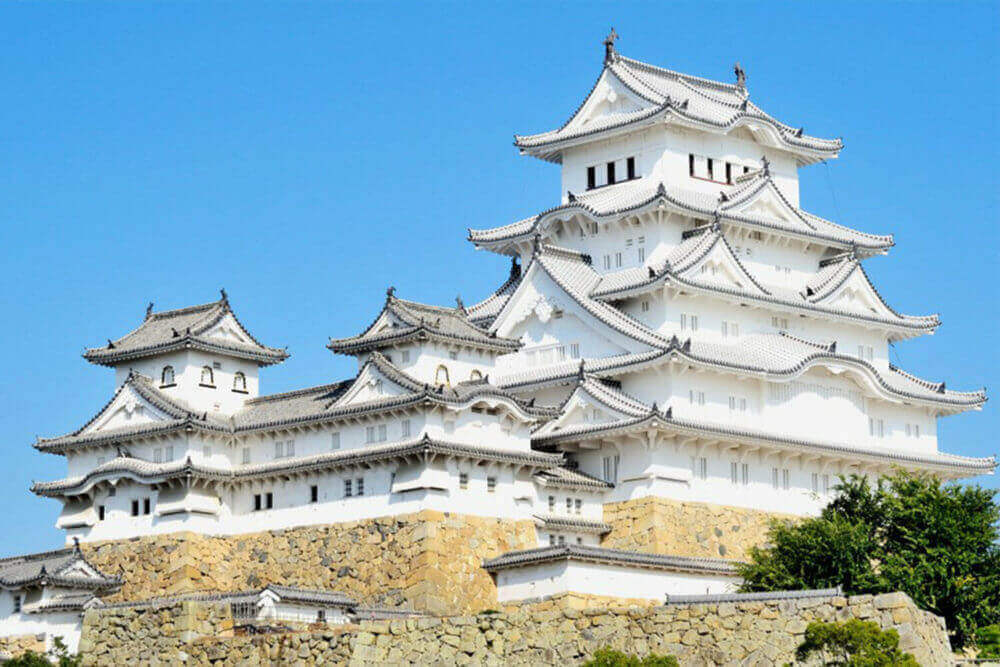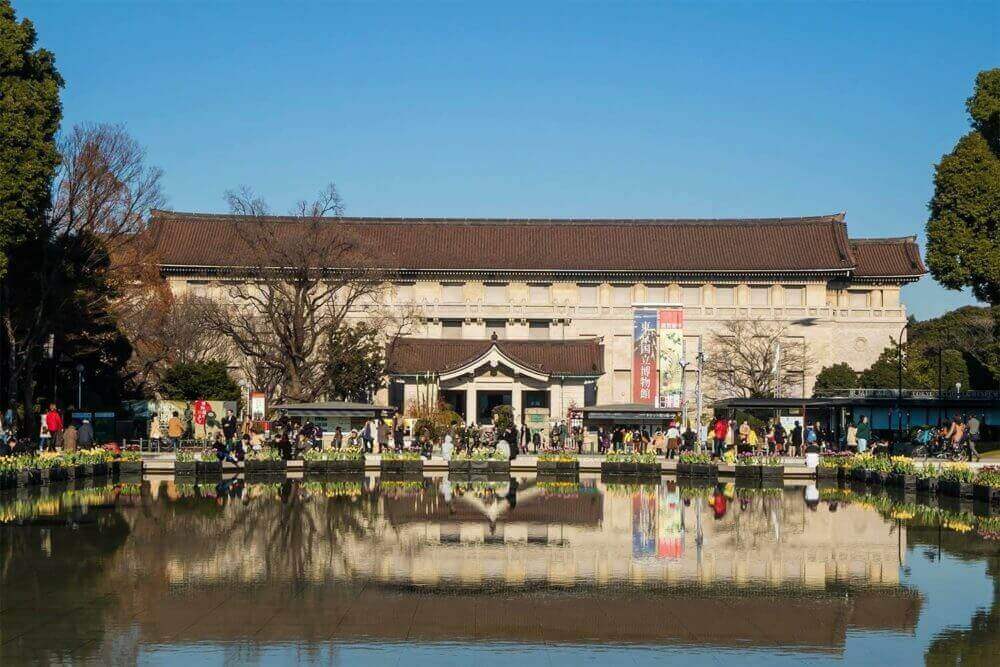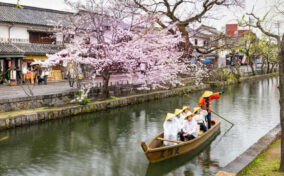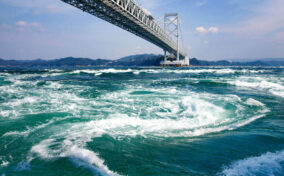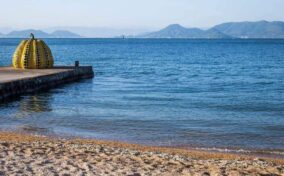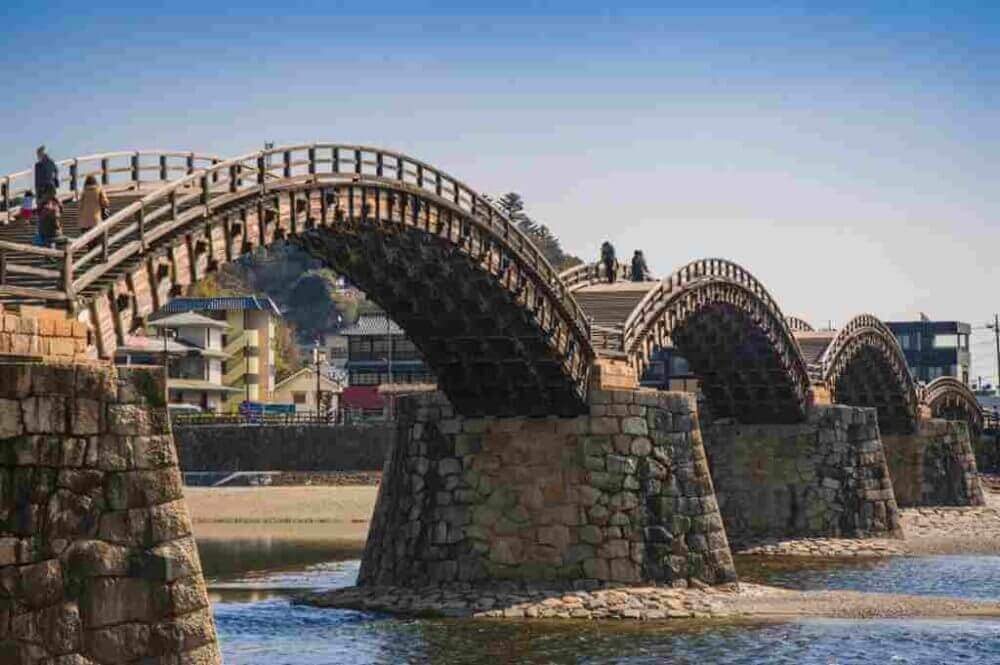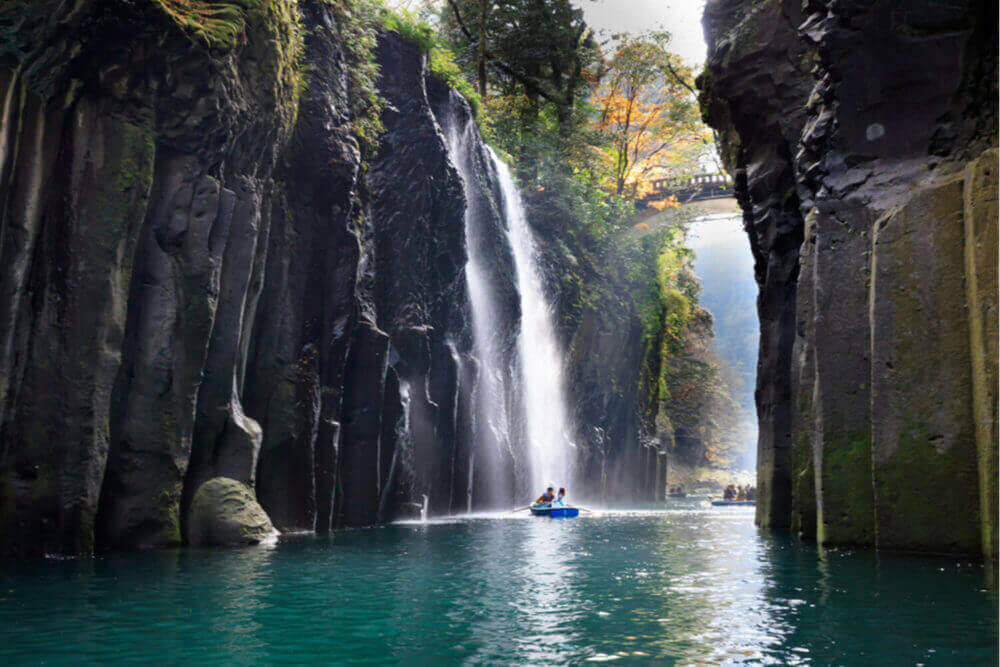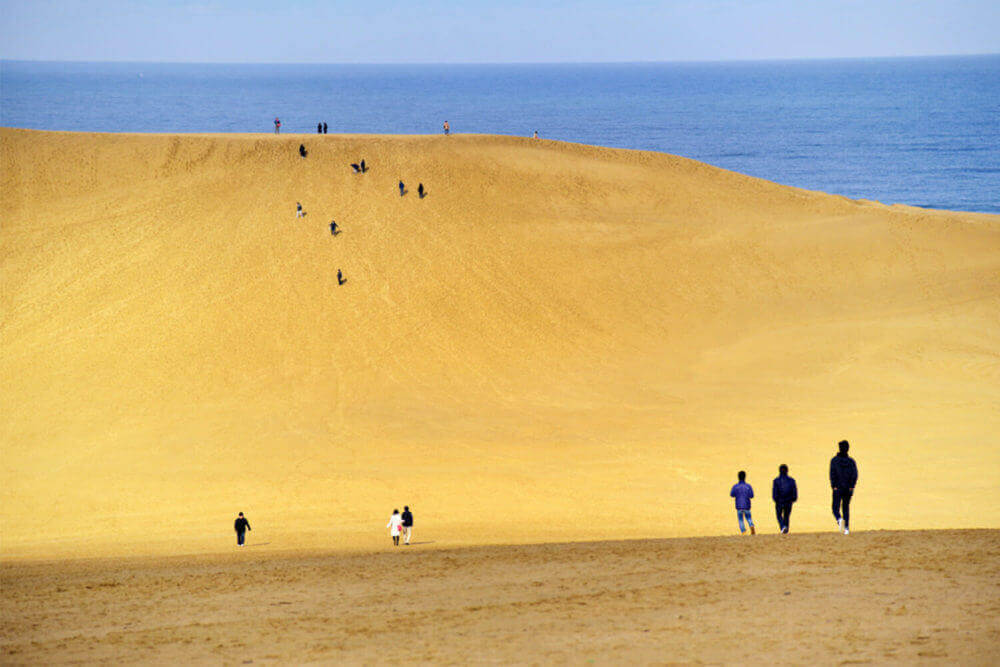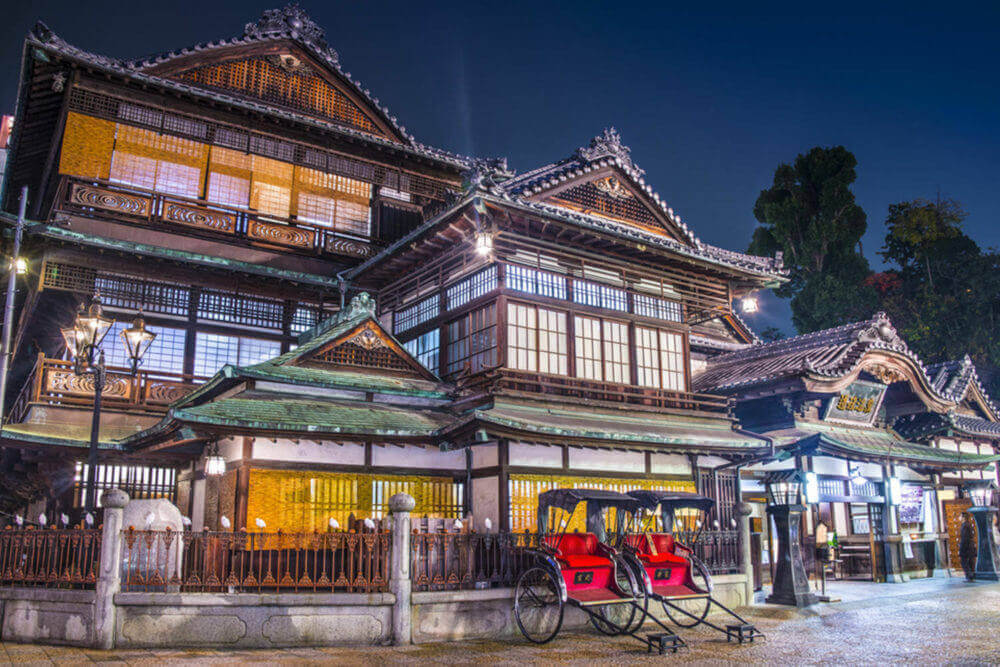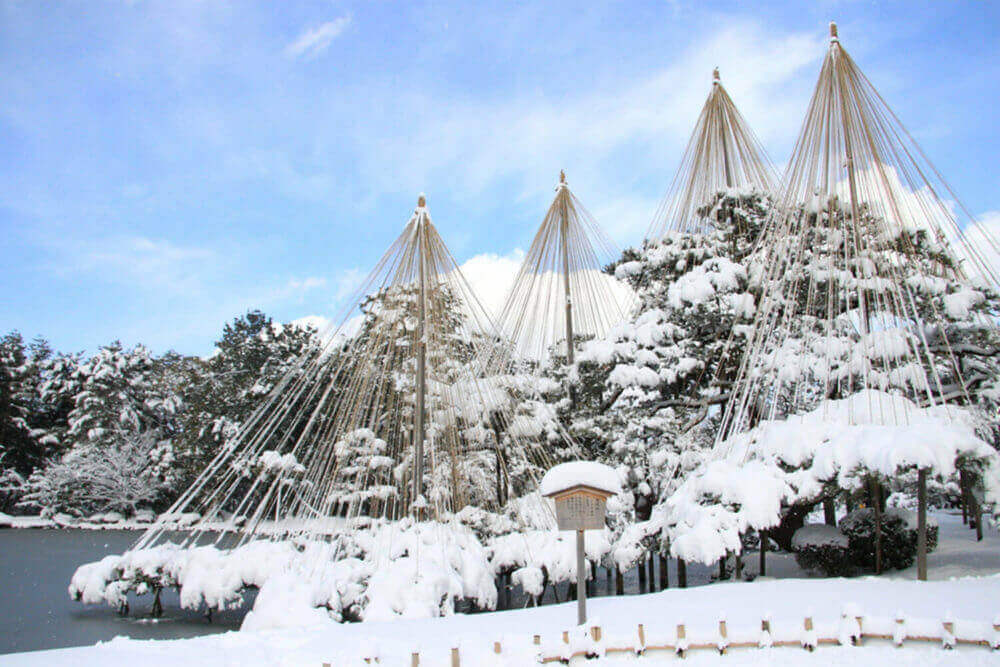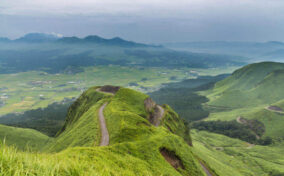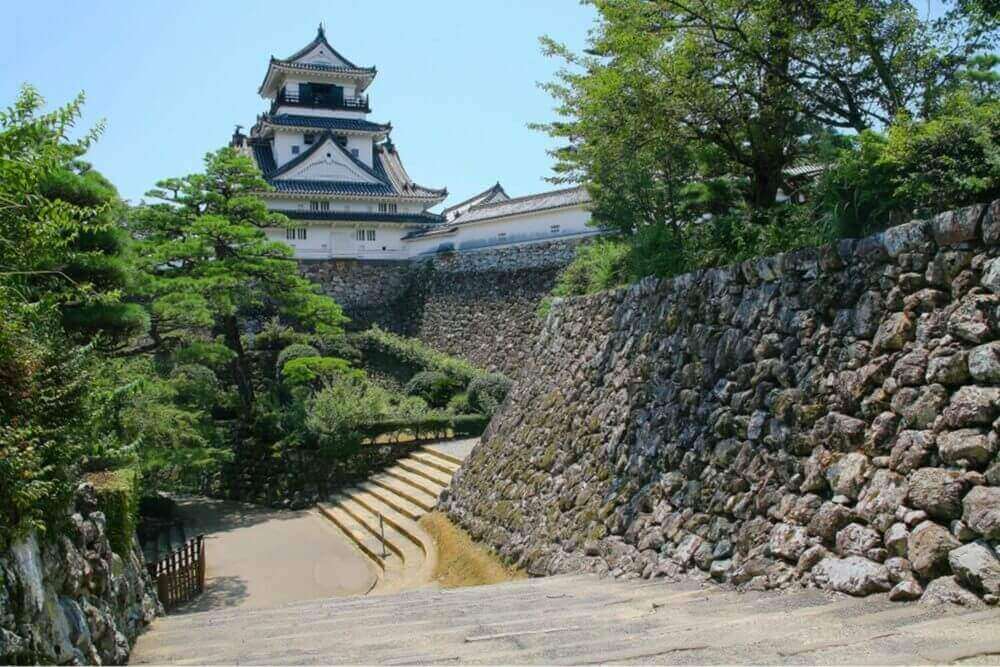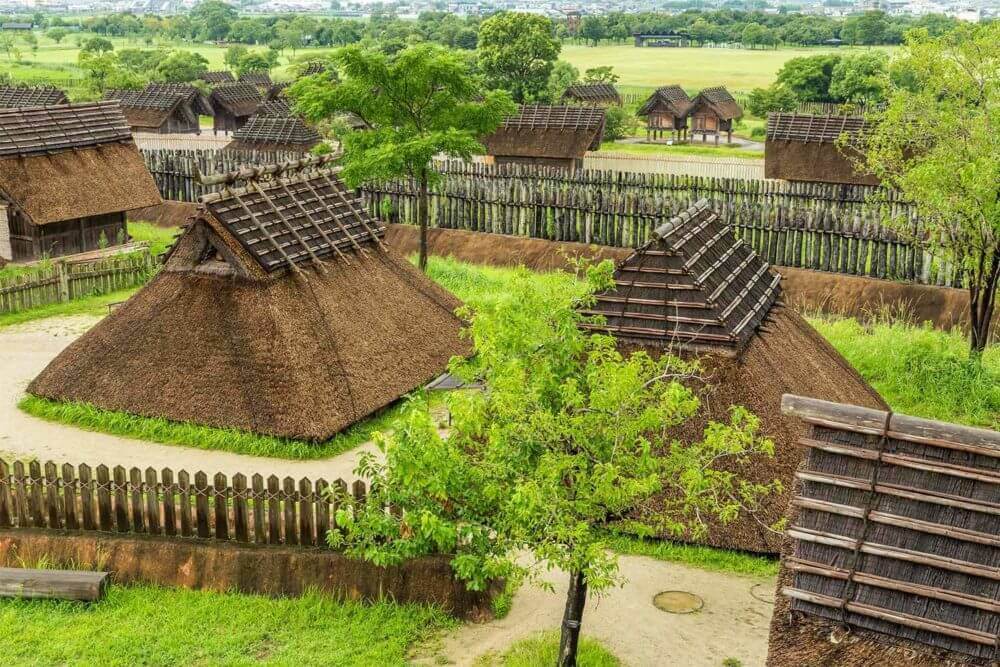Shimane Prefecture has long been known as the “land of myths” of the gods. Although the prefecture has a small population, there is a shrine called “Izumo Taisha” where 8 million gods from all over the country are said to gather here every October in the lunar calendar. It is a land with many old shrines and a spiritual atmosphere.
Once a famous writer, Koizumi Yakumo (Patrick Lafcadio Hearn) (1850-1904) lived in Matsue City, Shimane Prefecture, and loved this land. Shimane Prefecture has a beautiful world that fascinates people. On this page, we will introduce some of the most wonderful places to visit and things to do in Shimane Prefecture.
Table of Contents
Outline of Shimane

Map of Shimane
Geography
Shimane Prefecture is situated in Chugoku region’s northwest, and faces the Sea of Japan. Generally, the area along the Sea of Japan in Chugoku District is called “San’in”, so Shimane Prefecture belongs to San’in area.
There is Shimane Peninsula in the northwestern part of this prefecture. Lake Nakaumi and Lake Shinji are between the mainland and this peninsula. You will find Oki Islands around 70-100 km north of Shimane Peninsula.
Access
Railway
It is convenient to utilize JR via Yonago in Tottori Prefecture from Okayama to visit Shimane Prefecture by railroad.
Airports
Shimane prefecture has three airports. Izumo Airport in the eastern part of the prefecture, Iwami Airport (also called Hagi-Iwami Airport) in the western part of the prefecture, and Oki airport in Oki Islands.
Izumo Airport
Izumo Airport is situated on the west coast of Lake Shinji. It is also convenient to stop by Izumo and Matsue cities.
Iwami Airport
Iwami Airport is situated around 5 km west of Masuda city.
Oki Airport
Oki Airport is situated at the south shore of Dougo Island in Oki Islands.
Below are the best ways to get to Shimane Prefecture from Tokyo, Osaka, Kyoto, Sapporo and Okinawa.
from Tokyo
By plane: There are direct flights from Tokyo to Oki Airport in Shimane Prefecture. It takes about 1 hour.
Shinkansen: You can travel from Tokyo to Okayama by Shinkansen, and from there you can enter Shimane Prefecture by express train or bus.
From Osaka
Airplane: There are direct flights from Osaka to Oki Airport in Shimane Prefecture. It takes about 1 hour.
Highway Bus: Highway buses run from Osaka to various parts of Shimane Prefecture. Travel time varies by region.
from Kyoto
Shinkansen: You can travel from Kyoto to Okayama by Shinkansen, and from there you can enter Shimane Prefecture by express train or bus.
Rent-a-car: It is also possible to travel from Kyoto to Shimane by private car or rent-a-car.
From Sapporo
Airplane: There are direct flights from Sapporo to Hiroshima and Okayama. From there, you can enter Shimane Prefecture by express train or bus.
from Okinawa
Airplane: There are direct flights from Okinawa to Hiroshima and Okayama. From there, you can enter Shimane Prefecture by express train or bus.
Shimane Prefecture cannot be said to have good transportation. However, since it is an area with various attractions such as rich natural scenery, hot springs, historical sightseeing spots, and beautiful shrines and temples, it is recommended that you stay in Shimane and use a taxi or a rental car to explore the surrounding area.
>>Click here to compare and consider accommodations in Shimane.
Matsue
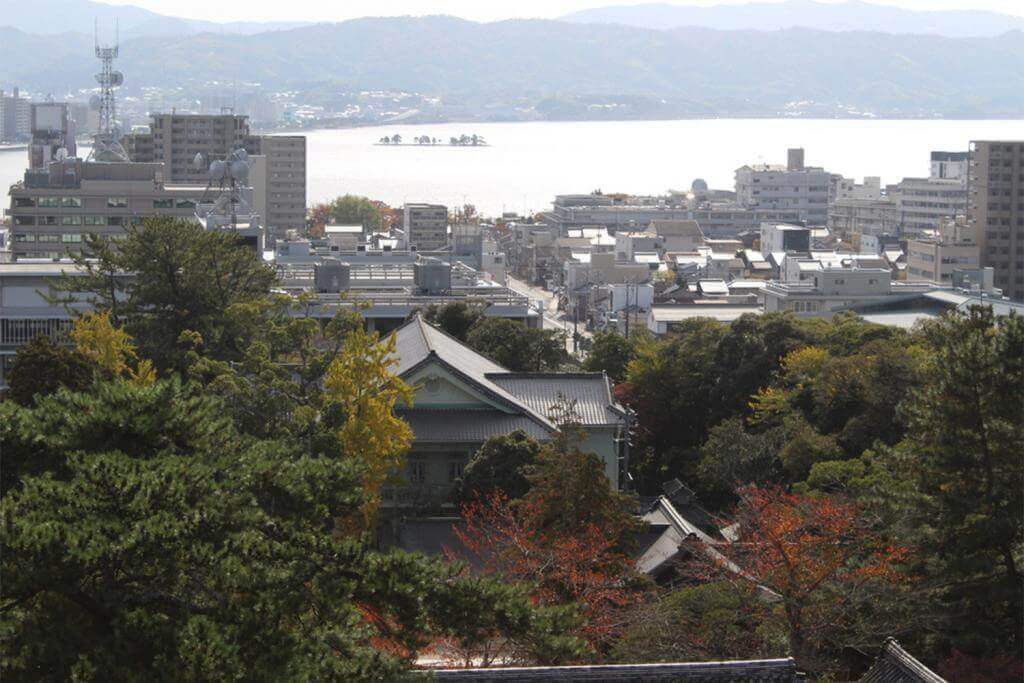
The view from the top of Matsue Castle, a National Treasure of Japan, Matsue, Japan = Shutterstock
Matsue is Shimane Prefecture’s capital city. Matsue is famous for its beautiful sunsets over Lake Shinji.
This city prides itself on being the home of Lafcadio Hearn, who became to take citizenship by Koizumi Yakumo’s name. Matsue and its neighboring areas are rich in sites, and several of the legends of Japan are set in the region.
Tamatsukuri Onsen
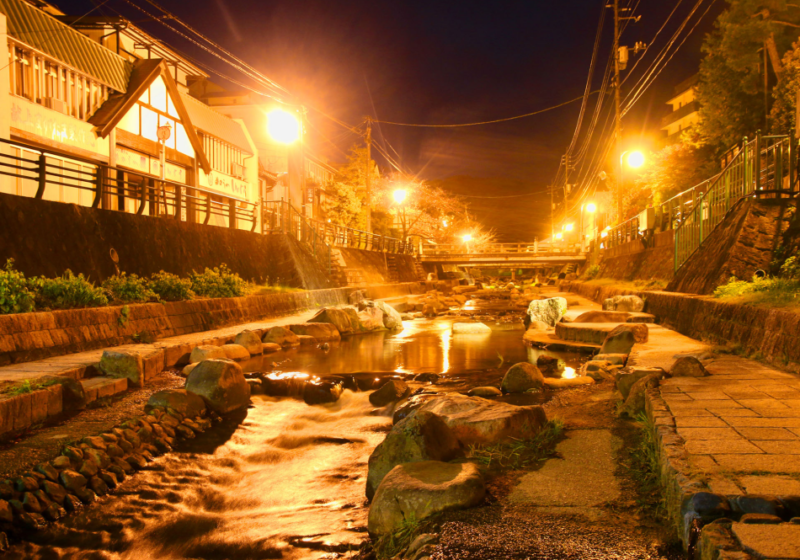
Tamatsukuri-onsen_Matsue_Shimane
Tamatsukuri Onsen is the oldest hot spring resort in Japan. An old Japanese book praises this famous hot spring, saying, “If you bathe once, you will be beautiful, and if you bathe twice, you will be cured of any disease.” Even now, it is popular among women as a hot spring for beautiful skin.
The origin of the name comes from the fact that in ancient times, this area was a village for making magatama from the local agate. It is an elegant hot spring area with a river flowing through the center of the hot spring town.
>>Please check the Tamatsukuri Onsen information on Trip Advisor!
>>Compare Tamatsukuri Onsen nearby accommodations.
Matsue Vogel Park
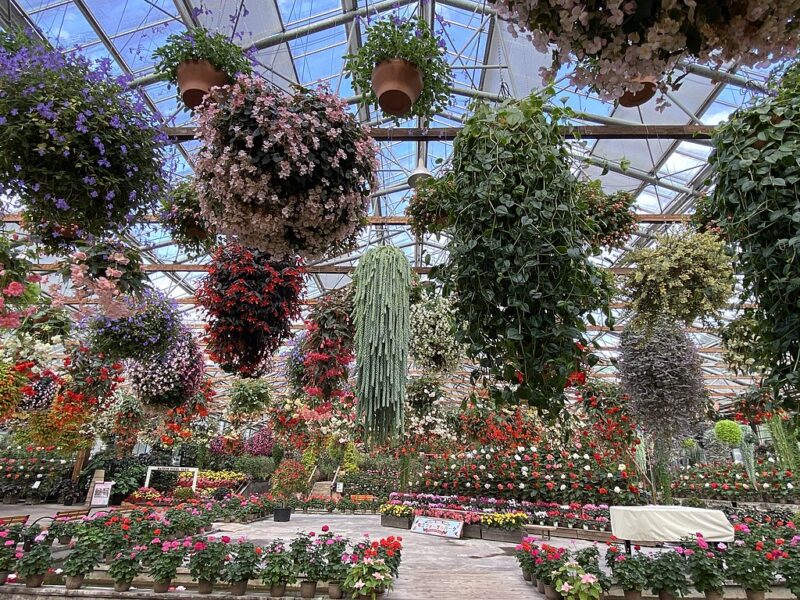
Matsue Vogel Park
Matsue has one of the world’s rare flower and bird parks. Matsue Vogel Park is one of the largest indoor gardens in Japan. Around 1,400 kinds of begonia, fuchsia, and other flowers are in full bloom throughout the year, and you can see 400 tropical birds and waterfowl of 90 kinds.
>>Please check the Matsue Vogel Park information on Trip Advisor!
Yuushien
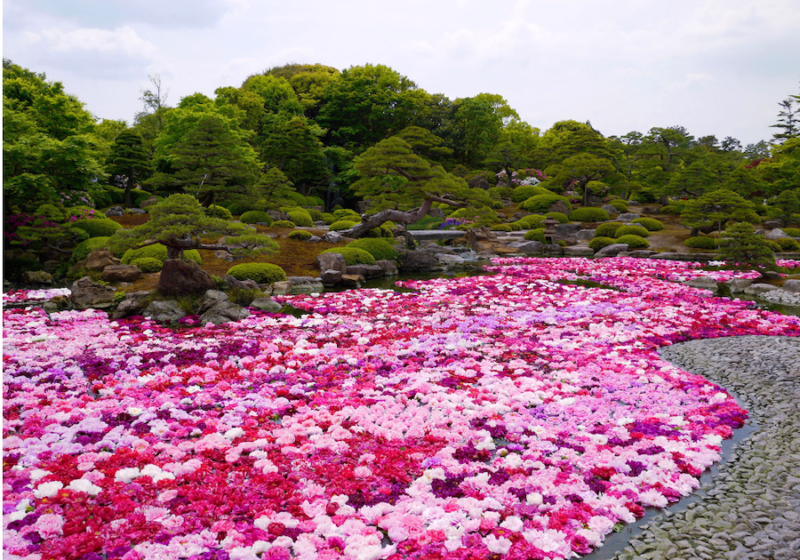
Yuushien Garden
Yuushien is an authentic Japanese garden located on Daikon Island in Nakaumi, famous for its peony flowers and Korean ginseng. In the 10,000 tsubo pond pond garden that reproduces the scenery of the Izumo region, various flowers such as peonies are in full bloom every season.
May is the best time to see them. 30,000 peony flowers fill the pond. Summer illuminations, autumn foliage illuminations, and winter Japanese illuminations are also popular.
At the ginseng tea cafe inside the facility, you can enjoy a variety of menus using Korean ginseng. In addition, skin care products containing natural extracts are recommended as souvenirs.
>>Please check the Yuushien information on Trip Advisor!
Matsue Castle
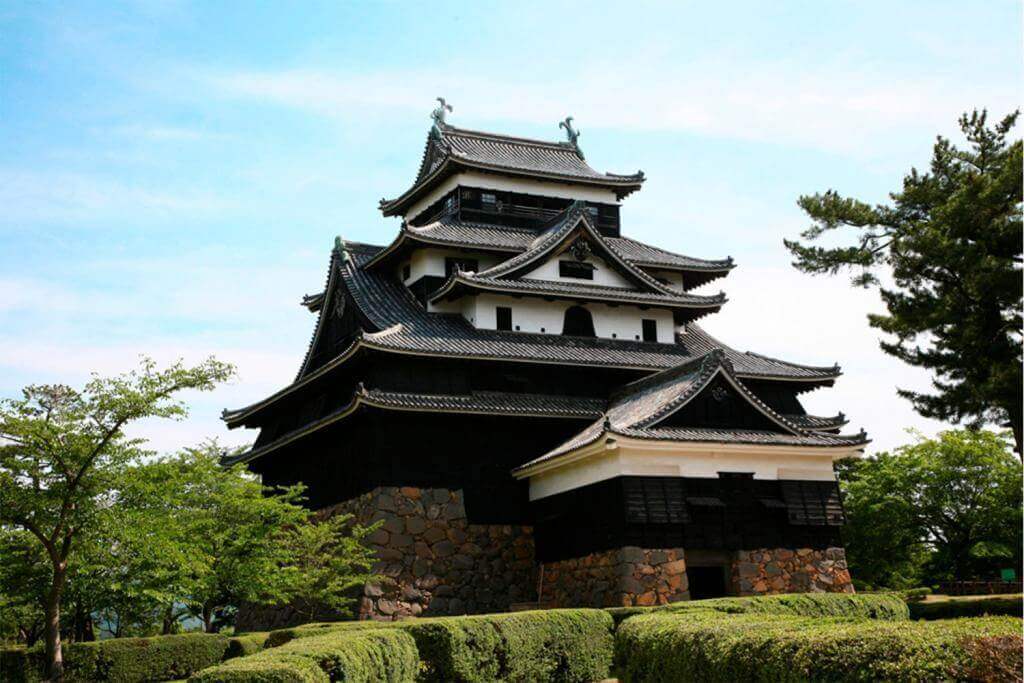
Matsue Castle in Matsue, Shimane prefecture
Matsue Castle is one of the few castles where old buildings of the time when it was built have been left. The building of Matsue Castle was built in 1611.
>>Please check the Matsue Castle information on Trip Advisor!
Adachi Museum of Art
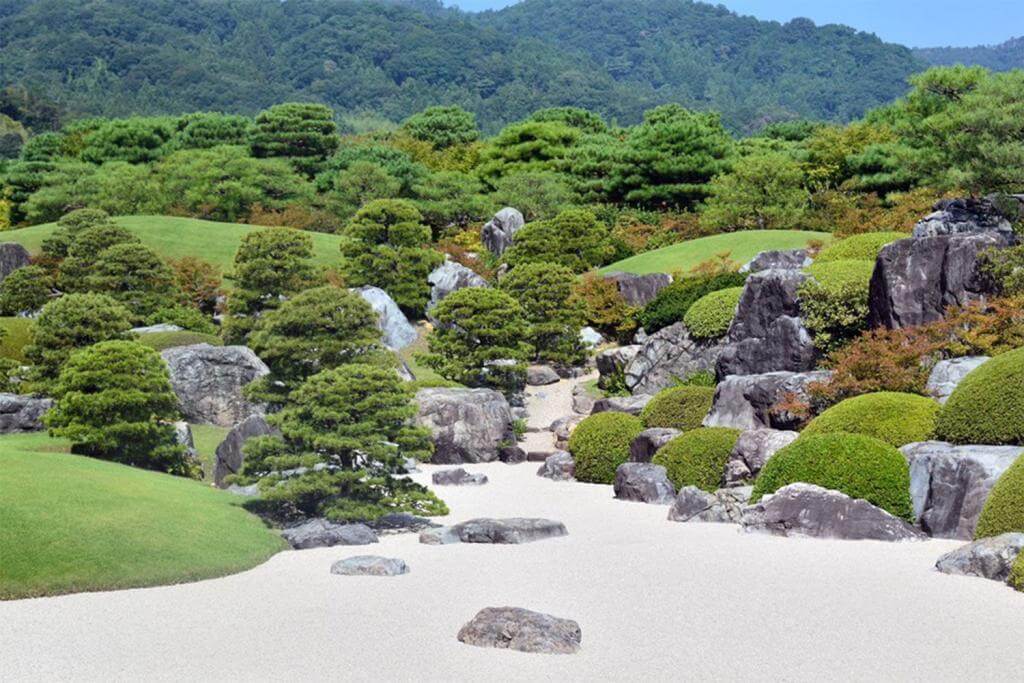
Japanese garden of Adachi Museum = Takamex / Shutterstock
Adachi Museum of Art is famous for its Japanese garden and Japanese painting collection. The Japanese garden of Adachi Museum of Art is evaluated as the best in Japan by the Japanese garden specialty magazine in the United States. Adachi Museum of Art is also known to have collected 130 pieces of masterpieces of Taikan Yokoyma.
This museum is located on the country side far from the railway station, but still a lot of tourists come to this museum. Regarding Adachi Museum of Art, I have already introduced in an article about museums.
>>Please check the Adachi Museum of Art information on Trip Advisor!
Izumo Taisha Shrine
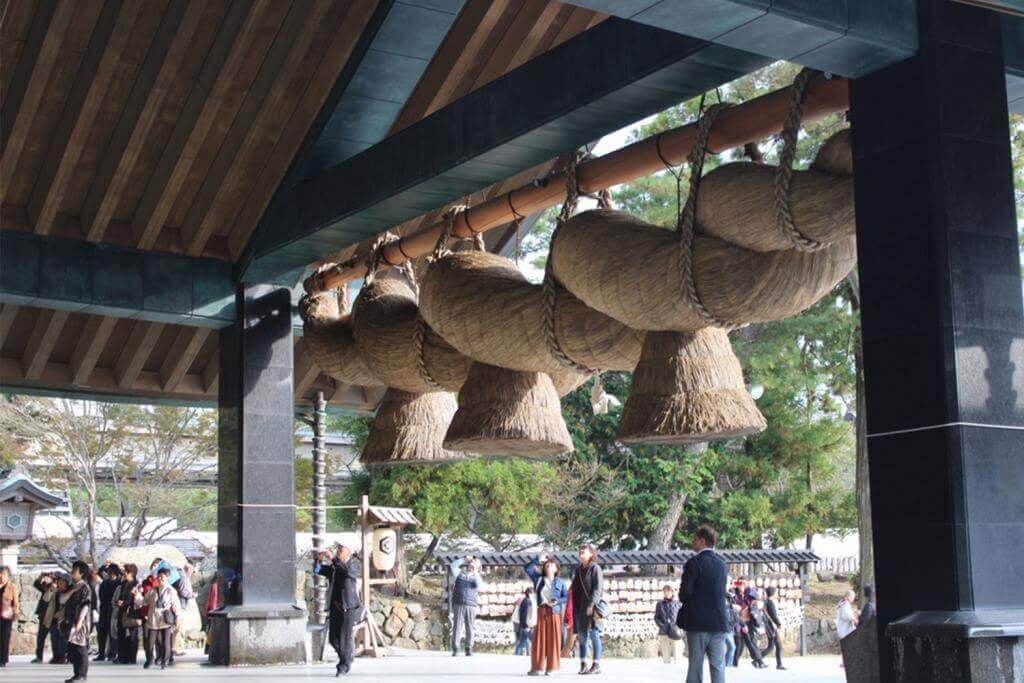
People attending grand shinto shrine Izumo Taisha, Izumo, Japan = Kononchuk Alla / Shutterstock
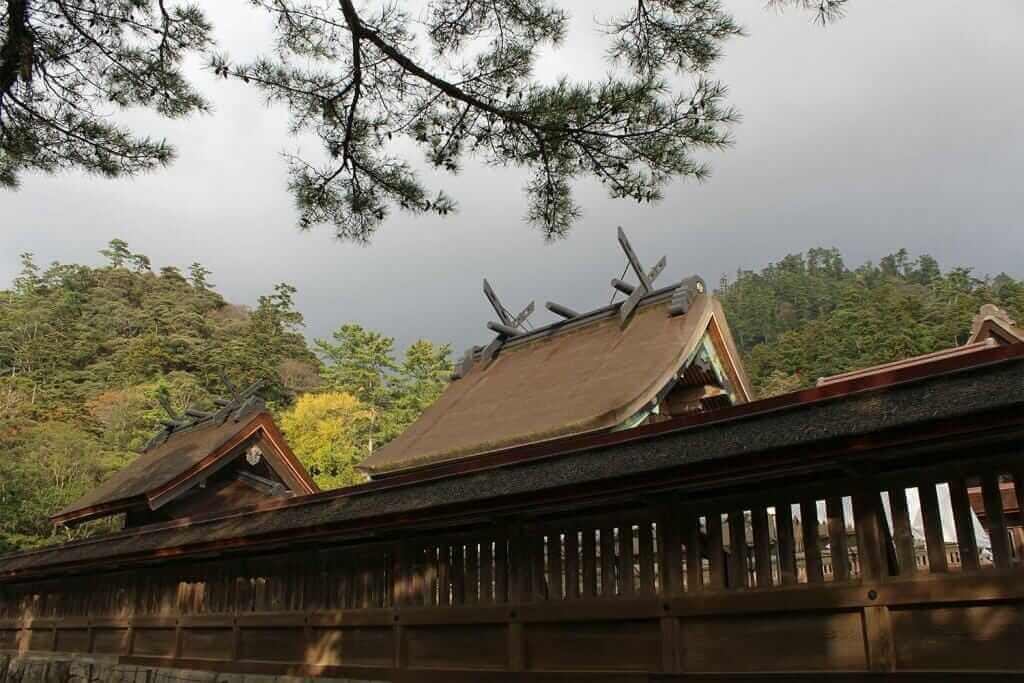
Wooden buildings of the grand shinto shrine Izumo Taisha, Izumo, Japan = Shtterstock
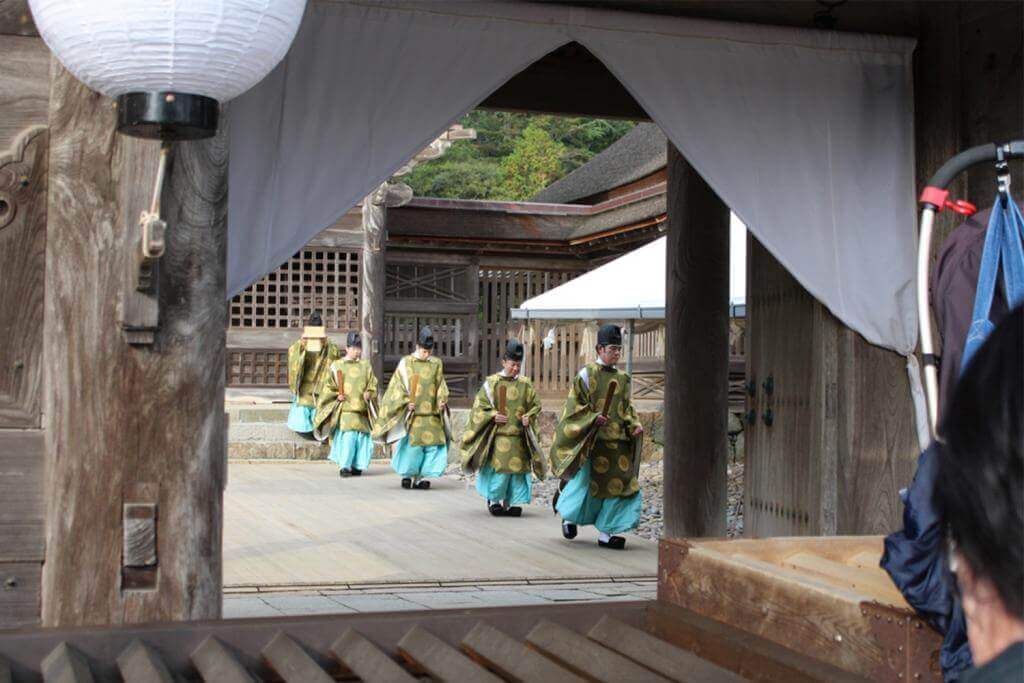
Shinto priests in grand shinto shrine Izumo Taisha, Izumo, Japan = Kononchuk Alla/Shutterstock
The Izumo Taisha Shrine in Izumo City is a shrine representing Japan, along with Ise Shrine etc. Today, there are so many tourists visiting Izumo Taisha.
Izumo Taisha Shrine is said to be “the god of marriage”. For this reason, the popularity of young lady tourists is also high. Route to visit Izumo Taisha from Izumo Airport and then sightseeing Adachi Art Museum and Matsue city is common. There are many people who eat crusty soba “Izumo soba”, and in winter, eat crabs harvested in the Sea of Japan.
The current main shrine was built in 1744. It has a height of about 24 meters. According to legend, in the ancient times, the main hall was said to have been 96 meters high. It is said that the main hall was 48 meters high during the Heian period (794 – 1185). There are pros and cons for these legends. Even now, various investigations about ancient Izumo shrine are under way.
>>Please check the Izumo Taisha Shrine information on Trip Advisor!
Shimane Ancient Izumo Museum
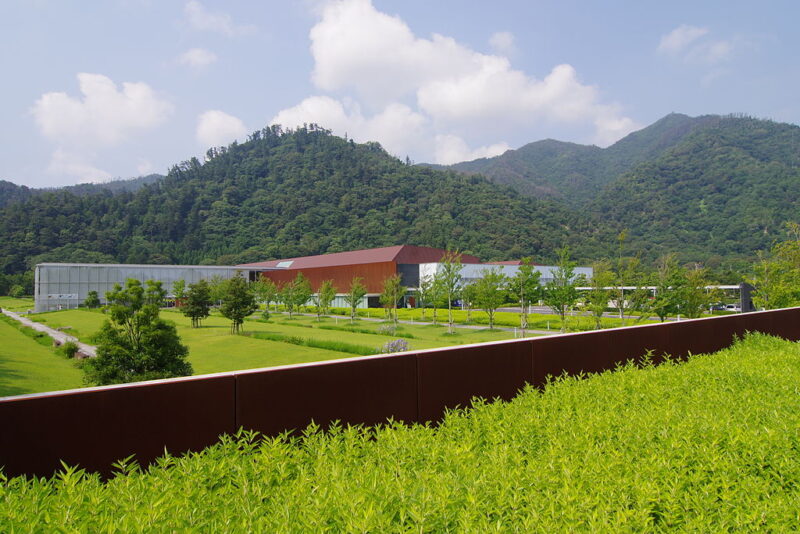
Shimane Museum of Ancient Izumo
Next to Izumo Taisha Shrine, there is the Shimane Ancient Izumo Museum. Ancient bronze bell-shaped vessel excavated in the Izumo area are exhibited. Audio guide in English is equipped, please drop in by all means. I think you can understand the legends and myths of Shimane and Izumo.
>>Please check the Shimane Museum of Ancient Izumo information on Trip Advisor!
Oku-Izumo area
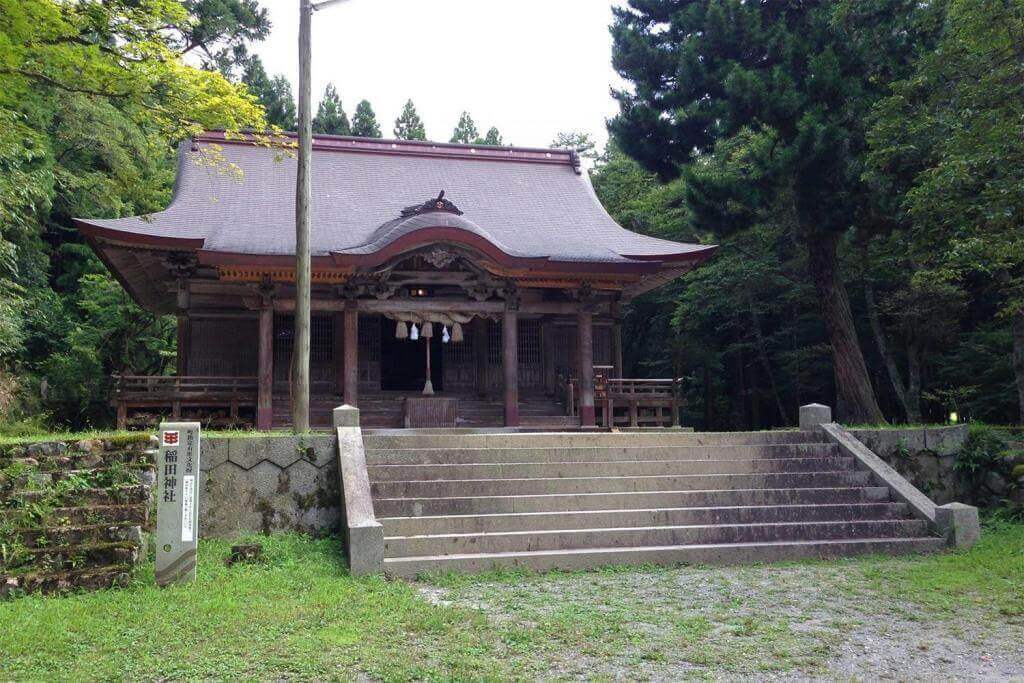
Inata shrine where sacred atmosphere drifts
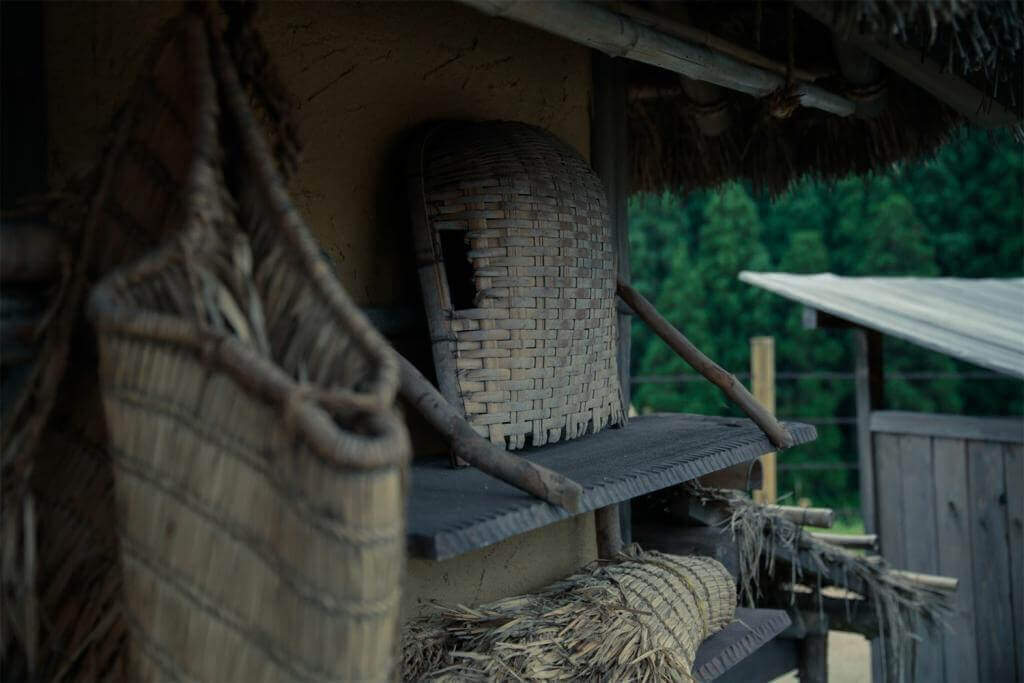
Old-fashioned house also remains in Okuzumo
In Shimane prefecture there is an old Japanese atmosphere before modernization. In addition to major tourist destinations such as Izumo Taisha and Adachi Art Museum, I recommend to you that you can stop by the country side where the old Japanese atmosphere remains.
The Okuizumo area is a mountain area south of Izumo Airport about an hour by car. “Okuzumo” means deep inside Izumo. The old Japanese life and culture remain in this area. Until around 100 years ago, this area flourished in the steel industry called traditional “tatara”. Even now, “Tatara” steelmaking is running in winter.
From Izumo City to Okuzumo, JR runs the tourist train called “Okuzumi Orochi” except for winter.
>> For details of Okuzumo please visit the official website
>>Please check the Okuizumo-Cho information on Trip Advisor!
Iwami Ginzan
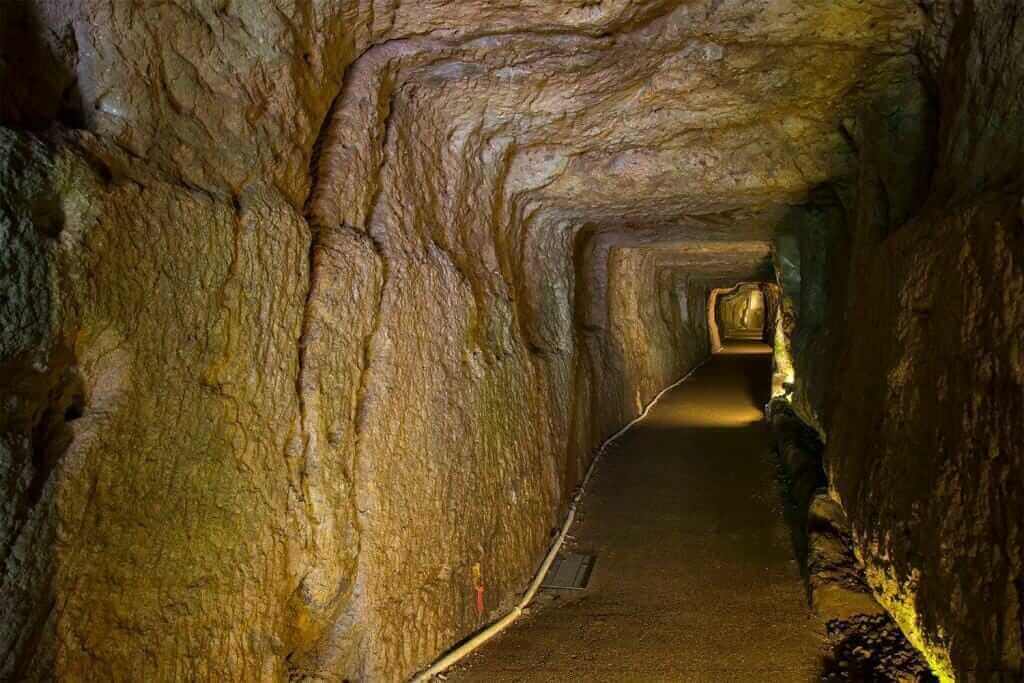
Iwami Ginzan in Oda city, Shimane prefecture, japan
Iwami Ginzan Silver Mine are a mine ruin spread around Oda city. It can be classified into 3 areas, namely mining and mine city, Trails and Port and port city. In the 16th century, roughly 1/3 of silver traded in the world was mined in Japan, major portion of which is said to have been produced in Iwami Ginzan Silver Mine.
The Iwami Ginzan Silver Mine and its town, which has been registered as a World Heritage Site, once had more than 13,000 dwellings and is recorded to have been home to 200,000 people. Even now, there are many mining tunnels, smelters, miner’s residences, temples and shrines from those days. It’s far from Matsue, the current center of Shimane, but it’s a place worth seeing.
The site of the magistrate’s office that governed the silver mine is now a facility where you can learn about the history and lifestyle of the Iwami Ginzan Silver Mine as the Iwami Ginzan Museum and the Iwami Ginzan World Heritage Center.
In the nostalgic townscape that prospered with silver, there are shops and cafes that utilize old folk houses.
In addition, since driving into Iwami Ginzan is restricted, if you are visiting by rental car, please park in the Iwami Ginzan World Heritage Center parking lot before boarding the bus.
>>Please check the Iwami Ginzan information on Trip Advisor!
Oki Islands
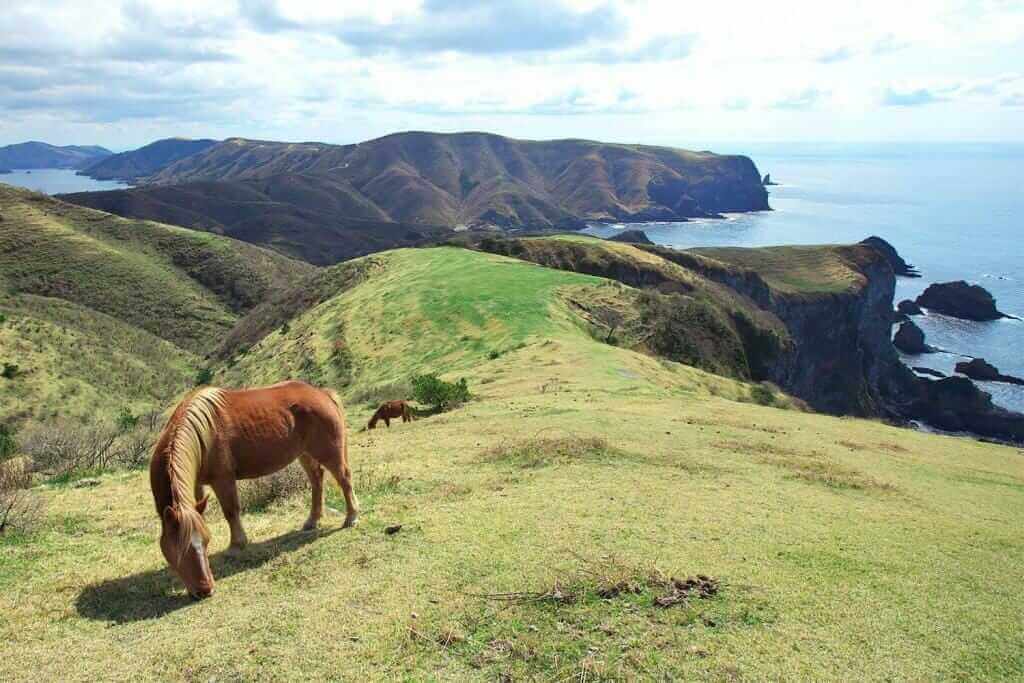
Horses on the Kuniga coast, Nishinoshima, Oki Islands = Adobe Stock
The Oki Islands are an archipelago consisting of four inhabited islands and more than 180 small islands located in the Sea of Japan about 40 to 80 km northeast of the Shimane Peninsula. It is also called Okinoshima, but there is no single island called “Okinoshima”.
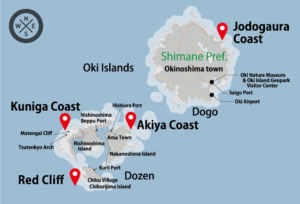
map_oki_islands
Due to its mountainous topography and isolated environment, it is a valuable area with remnants of ancient civilizations and customs that have disappeared in other parts of Japan.
The Oki Islands are very beautiful islands. It was designated as a UNESCO Global Geopark in 2013. You can see the magnificent scenery of nature everywhere on the sea and on land.
I think it’s the perfect place to visit when you want to get away from your busy life, relax your body and mind, and face your feelings.
If you visit the Oki Islands, I would like to introduce you to some impressive spots that you should definitely visit.
Kuniga Beach
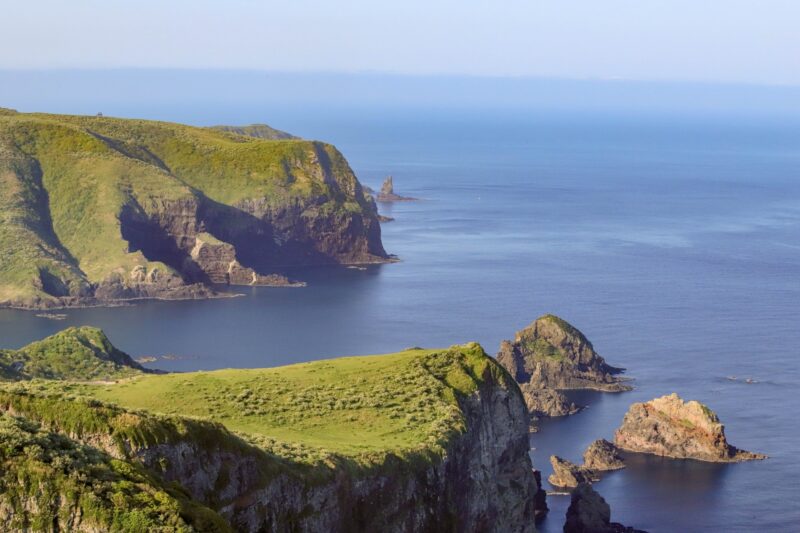
Kuniga Beach
With cliffs over 100m high, it is said to be the best scenic spot in Oki. It is designated as a national scenic spot and a natural monument. Among them, a large cliff that looks like it was cut vertically with a huge knife is 257m high. It is the tallest sea cliff in Japan.
Candle Island
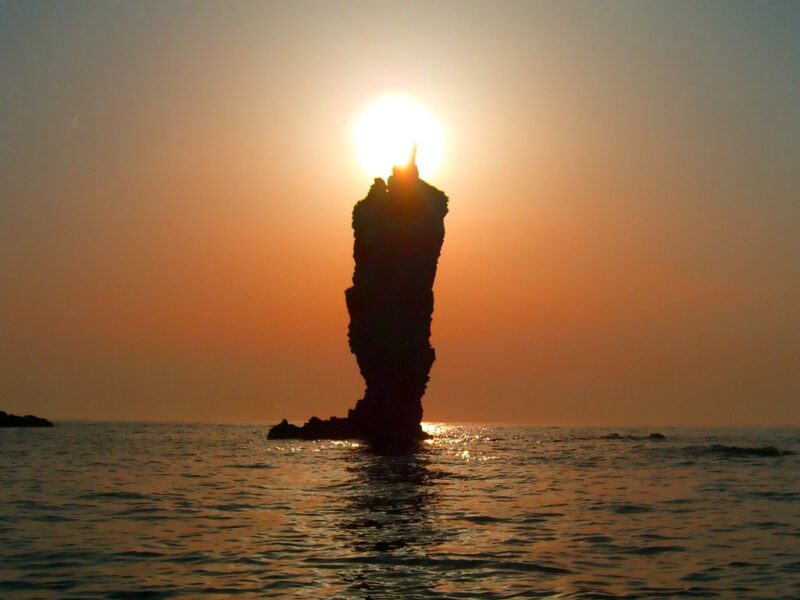
Candle Island (Okinoshima Town, Oki District, Shimane Prefecture)
A strangely shaped rock with a height of about 20m known as a scenic spot for sunsets. The name comes from the fact that when the sun sets on the top of the rock, it looks like a giant candle is lit. You can see it from a pleasure boat or from the observatory.
Dangyo Falls
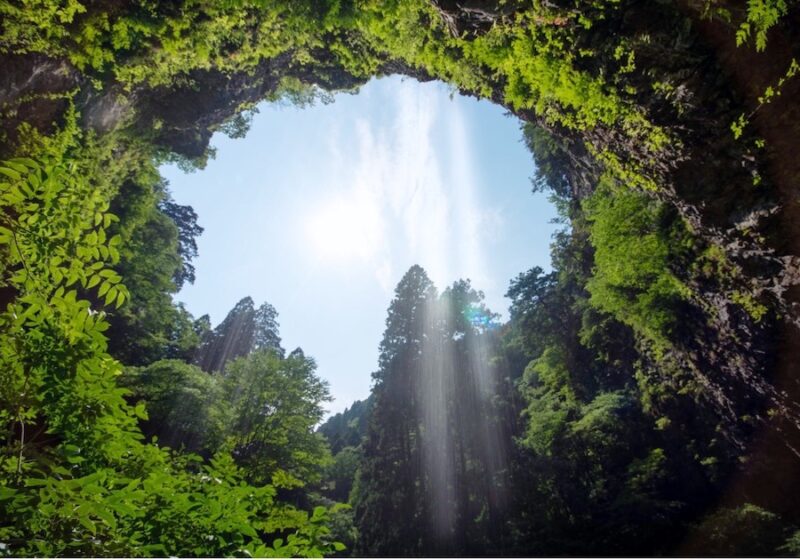
Dangyo Falls
Two waterfalls flow across the Shrine. It is called Meotodaki. A lot of negative ions and mysterious air flow here. Behind the waterfall is a cave dedicated to Kannon, which can be viewed from behind the waterfall. This waterfall is a special local water known as “water of victory” and “water of longevity”.
Tamawakasunomikoto Shrine
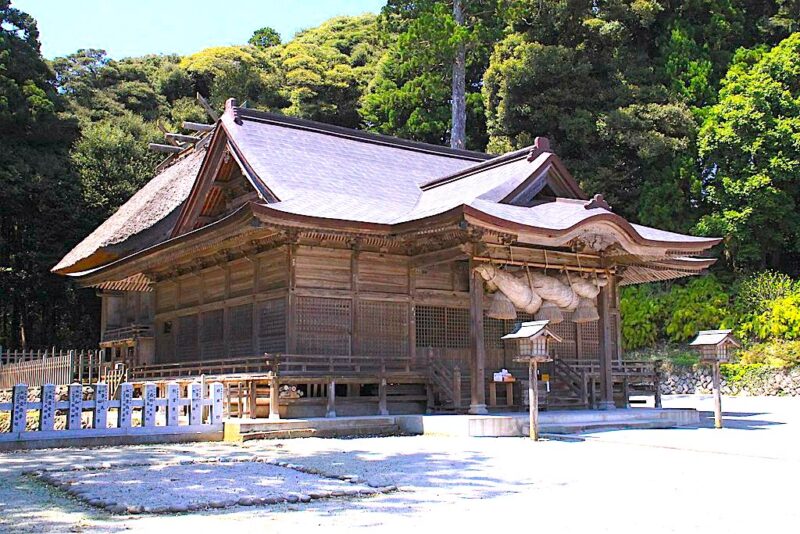
Tamawakasunomikoto Shrine
The oldest shrine in Oki, Tamawakasu-no-Mikoto Shrine is the main shrine where the gods of Oki Province gather. You can see the Oki-style main shrine and gates, which are nationally designated important cultural properties. In addition, the 2,000-year-old gigantic Japanese cedar tree on the grounds is a nationally designated natural monument, with a height of 38m and a circumference of 20m. You can get power from giant trees.
Jodogaura Beach
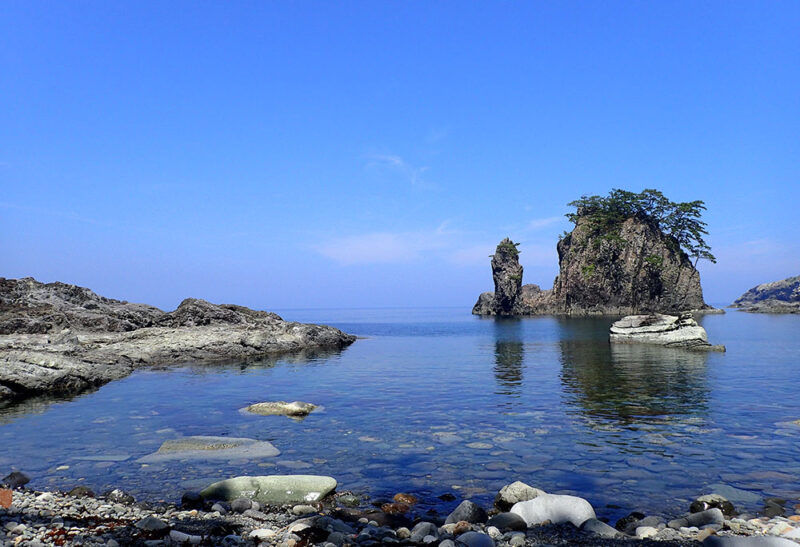
Jodogaura Beach (https://chushikoku.env.go.jp/park/daisen/viewpoint/en/jodogaura_coast/index.html)
Jodogaura is a national scenic spot and a national park special protection area. In the sea with outstanding transparency, you can enjoy swimming in the summer, snorkeling, diving, and sea kayaking in the surrounding area. On sunny days, the blue sky shifts into the transparent sea, and you can enjoy a beautiful view of small and large islands floating in the water.
In addition to the above, the Oki Islands are home to many other places with beautiful natural scenery and interesting places where history and culture remain strong.
Access
Transportation to the Oki Islands from the mainland is by high-speed boats, ferries, and planes.
If you use a boat, you can cross to the four main islands of the Oki Islands from Shichirui Port in Shimane Prefecture or Sakaiminato in Tottori Prefecture.
In the case of airplanes, you can fly from Itami Airport in Osaka or Izumo Enmusubi Airport in Shimane to Dogo-Oki Global Geopark Airport by Japan Airlines (JAL).
The ferry is convenient. Departure schedules change frequently depending on time of year and weather, so it’s wise to check in advance. Please check the departure time etc. for each port to board and plan accordingly.
- High-speed boats and ferries linking the Oki Islands with the mainland >>Oki Kisen Co., Ltd.
- Click here for information on boats connecting the islands >> Oki Kanko Co., Ltd.
>> For details of the Oki Islands, please refer to the official website
>>Please check the Okinoshima-Cho information on Trip Advisor!
Masuda
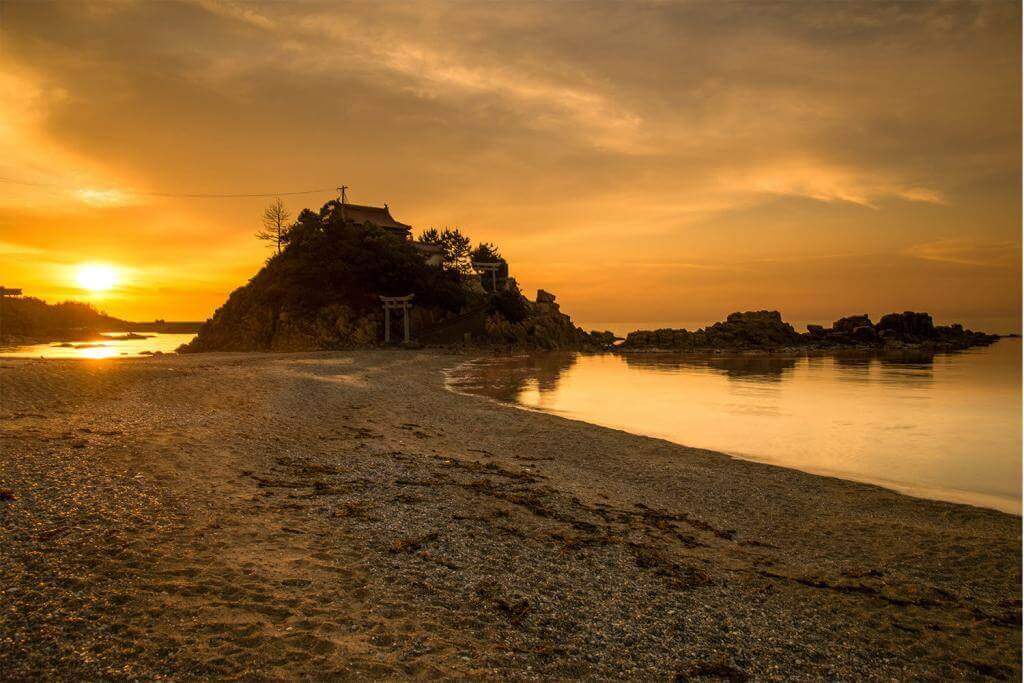
Ebisu Shrine, Masuda, Shimane prefecture
Masuda City borders the western part of Shimane Prefecture (Iwami area), Yamaguchi Prefecture and Hiroshima Prefecture. It faces the Sea of Japan to the north and the Chugoku Mountains to the south.
Iwami Kagura
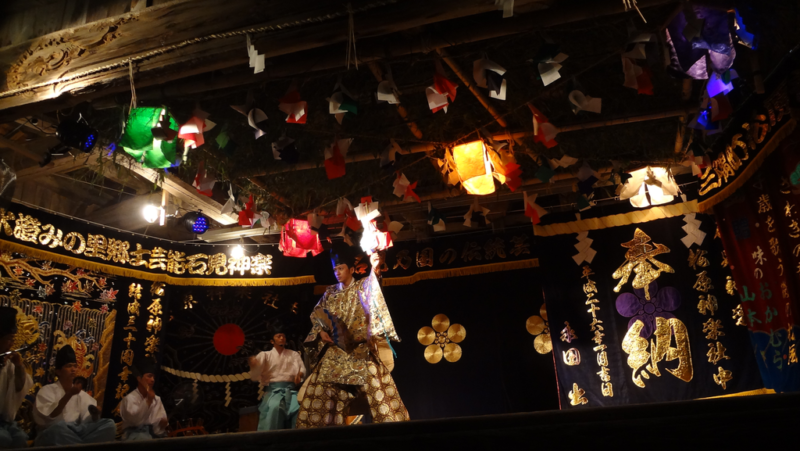
IwamiKagura
“Iwami Kagura” in Masuda City is famous. Kagura is a Shinto ritual that expresses gratitude to nature and the gods. Iwami Kagura has developed as a unique local performing art while inheriting the prototype of such Kagura, and is still actively performed today. Iwami Kagura is very popular not only with local residents but also with tourists, with stories based on local myths, splendid dance performances, gorgeous costumes, and moving performances. *You can watch videos of the latest performances on the Iwami Kagura official website.
Shimane Prefectural Iwami Art Museum
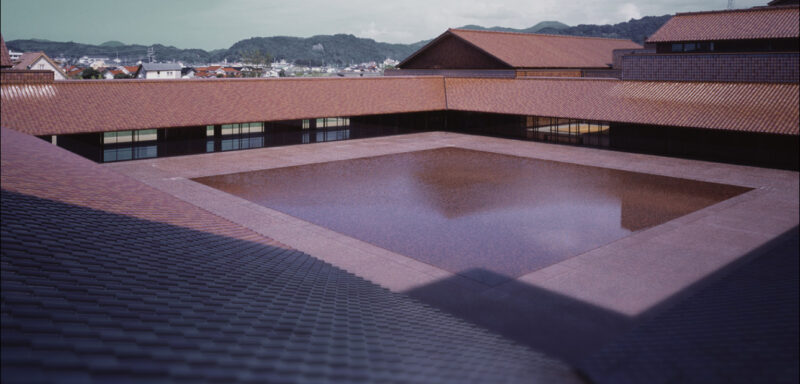
Shimane Prefectural Iwami Art Museum
The Shimane Prefectural Arts and Culture Center “Grantois” in Masuda City is a complex facility that combines an art museum and a theater, consisting of the “Shimane Prefectural Iwami Art Museum” and the “Shimane Prefectural Iwami Arts Theater”. It is the base of Shimane’s arts and culture.
The Iwami Museum often hosts special exhibitions on the history of the region. Also, Iwami Arts Theater mainly presents music performances ranging from traditional to classical, rock and pop.
The architecture is also one of the highlights of this facility. About 280,000 local red tiles called Sekishu tiles are applied to the walls and roof, and the appearance is overwhelming. It is referred to as “The Great Demon in Armor” or “The Big Red Fish”.
From the entrance hall, concert hall and exhibition rooms to the library, museum shop and lobby, the interiors are also designed with the charm and attention to detail of the building. Please visit once by all means.
>>Please check the Grantois information on Trip Advisor!
From the coast of Masuda city you can look at the beautiful setting sun. There is also a lodging place boasting an open-air bath that enters while watching the setting sun.
>>Please check the Masuda information on Trip Advisor!
Thank you for reading to the end.
If you want to check the tour menu and deals for the entire Shimane prefecture, click here.
Now, let’s plan to make your vacation in Japan the best experience ever!
Back to "Best of Chugoku Region"

